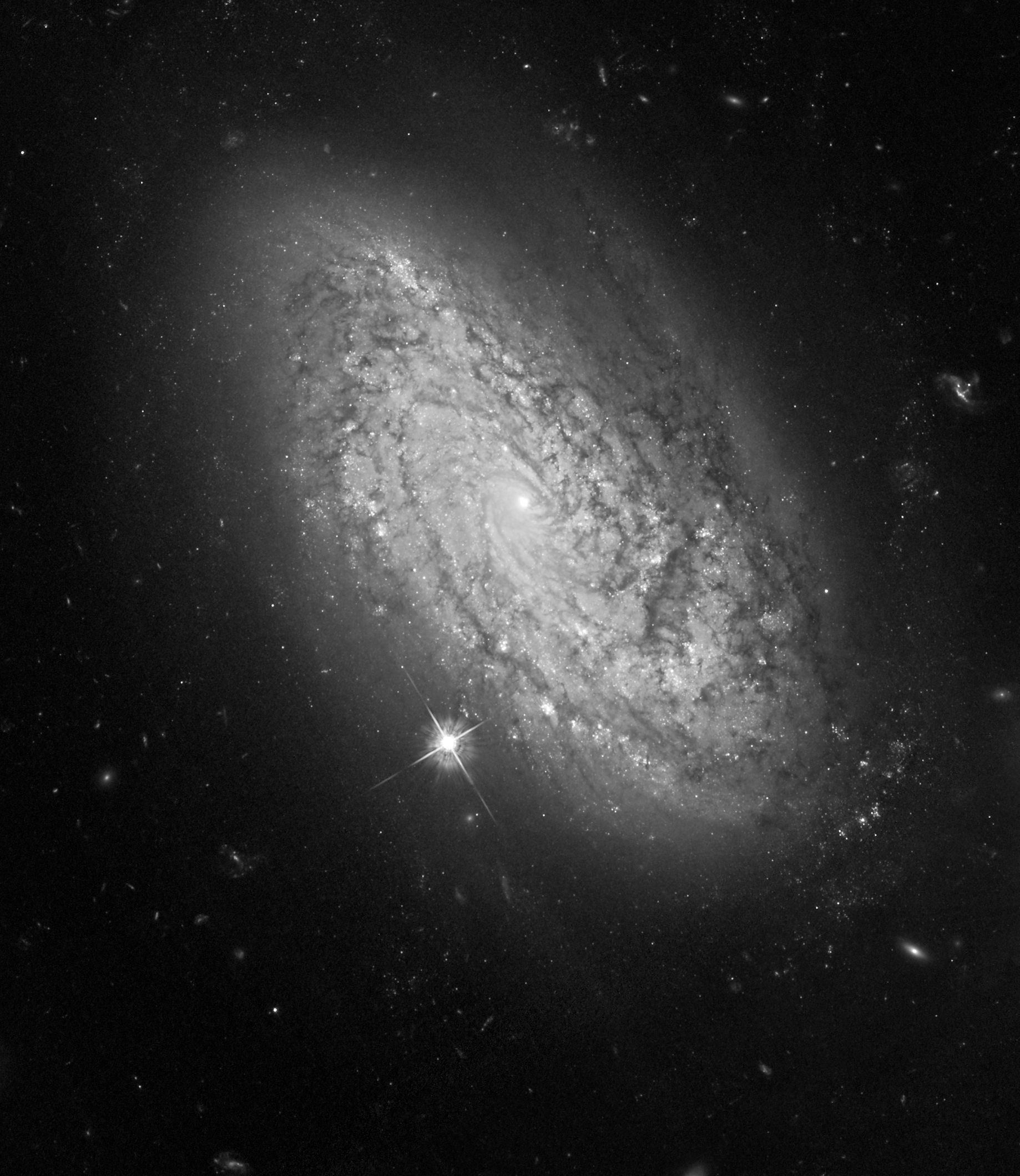Please login in order to download photos in full size
If you are not registered, please register for free: www.Free-Photos.biz/register
Please note to download premium images you also need to join as a free member..
You can also save the photos without the registration - but only in small and average sizes, and some of them will have the site's watermark. Please simply click your right mouse button and save the image.
Please login in order to like photos
If you are not registered, please register for free:
Sorry, non-members can download up to 1100 full-size photos per month.
It looks like you have used up your limit.
Free members can download an unlimited number of full-size photos - including the premium free photos.
Join as a member today for FREE! - and download the images without limitations:
www.Free-Photos.biz/membership.php
You can also save the images without the membership - but only in small and average sizes, and some of them may have the site's watermark. Please simply click your right mouse button and save the image.

|
This is a premium free photo
This photo was viewed 5 times and was downloaded in full size 3 times.
This photo was liked 0 times
If you are a member, please login in order to see the source link of the above image.
Summary
| Description |
English: Less than 100 years ago scientists didn't know if the universe was coming or going, literally. It even fooled the great mind of Albert Einstein. He assumed the universe must be static. But to keep the universe from collapsing under gravity like a house of cards, Einstein hypothesized there was a repulsive force at work, called the cosmological constant, that counterbalanced gravity's tug. Along came Edwin Hubble in 1923 who found that galaxies were receding from us at a proportional rate, called the Hubble constant, which meant the universe was uniformly expanding, so there was no need to shore it up with any mysterious force from deep space. In measuring how this expansion was expected to slow down over time, 11 years ago, two studies, one led by Adam Riess of the Space Telescope Science Institute and the Johns Hopkins University and Brian Schmidt of Mount Stromlo Observatory, and the other by Saul Perlmutter of Lawrence Berkeley National Laboratory, independently discovered dark energy, which seems to behave like Einstein's cosmological constant.
To better characterize dark energy, Riess used Hubble Space Telescope's crisp view (combined with 2003 data from NASA's Wilkinson Microwave Anisotropy Probe, WMAP) to refine the value of the universe's expansion rate to a precision of three percent. That's a big step from 20 years ago when astronomers' estimates for the Hubble constant disagreed by a factor of two. This new value implies that dark energy really is a steady push on the universe as Einstein imagined, rather than something more effervescent (like the early inflationary universe) that changes markedly over time. Data from several HST proposals were used for this science. These include: 9352, 9728, 10189, 10339, and 10802, PI: A. Riess (STScI/JHU). Data specific to observations of NGC 3021 are from HST proposals 10802 and 10497 PI: A. Riess (STScI/JHU). The science team includes: A. Riess (STScI/JHU), L. Macri (Texas A&M University), S. Casertano and M. Sosey (STScI), H. Lampeitl (STScI/University of Portsmouth, UK), H. Ferguson (STScI), A. Filippenko (University of California, Berkeley), S. Jha (Rutgers University), W. Li and R. Chornock (University of California, Berkeley), and D. Sarkar (University of California, Irvine). |
| Date | November 2005 - November 2006 |
| Source | https://hubblesite.org/newscenter/archive/releases/2009/08/image/b/ |
| Author | NASA, ESA, and A. Riess (STScI/JHU) |
| Permission (Reusing this file) |
HD-HUBBLE |
Licensing
| This file is in the public domain because it was created by NASA. NASA copyright policy states that "NASA material is not protected by copyright unless noted". (See Template:PD-USGov, NASA copyright policy page or JPL Image Use Policy.)
|
|
|
|
Warnings:
|
Public Domain
| EXIF data: | |
| File name | ngc_3021_hubble.jpg |
|---|---|
| Size, Mbytes | 1.7933818359375 |
| Mime type | image/jpeg |
| Orientation of image | 1 |
| Image resolution in width direction | 72 |
| Image resolution in height direction | 72 |
| Unit of X and Y resolution | 2 |
| Color space information | 65535 |
| Exif image width | 1838 |
| Exif image length | 2119 |
| Software used | Adobe Photoshop CS3 Macintosh |
While the copyright and licensing information supplied for each photo is believed to be accurate, Free-Photos.biz does not provide any warranty regarding the copyright status or correctness of licensing terms. If you decide to reuse the images from Free-Photos.biz, you should verify the copyright status of each image just as you would when obtaining images from other sources.
The use of depictions of living or deceased persons may be restricted in some jurisdictions by laws regarding personality rights. Such images are exhibited at Free-Photos.biz as works of art that serve higher artistic interests.
PRIVACY POLICY
By registering your account and/or by subscribing to new and newly rated photographs you agree we may send you the links to photos and we may occasionally share other information with you.
We do NOT disclose your personal data.



